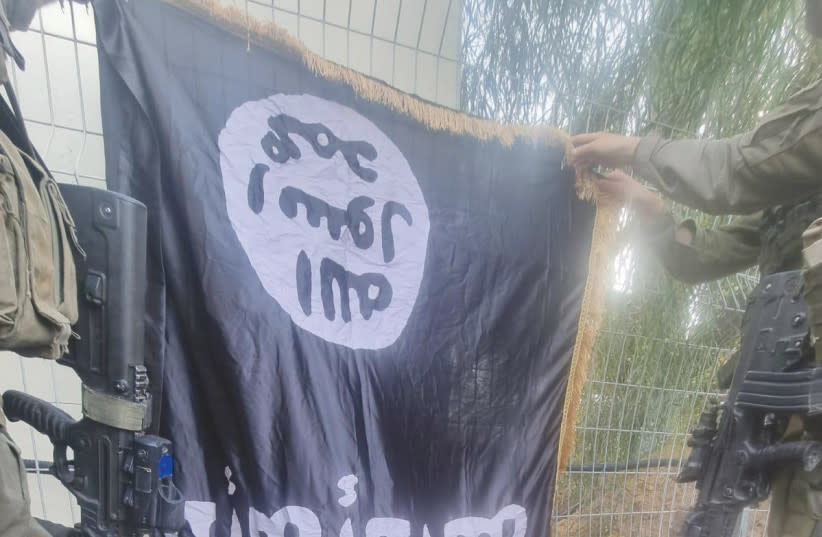The pro-Iranian militia leader of the Asaib Ahl al-Haq group in Iraq has slammed the Iraqi government’s decision to continue to host US forces.
The statement comes amid the ceasefire in fighting in Gaza between Hamas and Israel. Many of Iran’s proxies appear to have also ceased their attacks, for now, against Israel and the US.
In the wake of the October 7 attack on Israel, pro-Iranian militias in Iraq and Syria carried out 60 attacks on US forces, to which they responded several times in Syria and twice clashed with pro-Iranian groups in Iraq.
The clashes in Iraq are now in the spotlight. Qais Khazali, the head of Asaib Ahl al-Haq (AHH) is viewed as a terrorist by the US. However, he is also the head of one of many militias that make up a pro-Iranian front in Iraq. These include Kataib, Hezbollah, and other groups. The groups have attacked US forces at Al-Asad base and other areas in Iraq.
Back in 2014, US forces returned to Iraq to help fight ISIS. After increased attacks by pro-Iranian groups in 2019, US forces mostly consolidated to a few facilities in Baghdad, Asad base, and Erbil - the most latter being the capital of the Kurdistan Autonomous Region.

In January 2020, the US killed IRGC Quds Force head Qasem Soleimani in Iraq and killed Abu Mahdi al-Muhandis, the head of Kataib Hezbollah. Groups like AAH that are run by Khazali have sought to expel the US for years.
Khazali traveled to Lebanon in 2017 and had threatened Israel. His goal, and others like him, is to link pro-Iran groups across the region. Some Iraqi militias, for instance, operate in Syria, and Iran also wants to knit these groups together. The October 7 attacks gave Iran a chance to switch on all its militias and proxies and carry out attacks on the US and Israel. Already, Hezbollah and the Houthis in Yemen have carried out attacks. Militias in Iraq and Syria have targeted the US, so this is a multi-front war.
Close ties to the IRGC
Khazali’s recent statement was reported on Fars News in Iran, which is considered close to the IRGC, as the Iranian armed forces branch is also close to Khazali. His comments appear aimed at pressuring Iraq to expel the US, saying that Iraq’s government has no right to allow US forces to remain there and that only the parliament can decide.
Recently the parliament expelled the Sunni Arab speaker of parliament Mohammed al-Halbousi. Khazali’s rhetoric, critiquing the government, and the US illustrates that not all members of Iran’s proxies agree on the next course of action. Some of them want to leverage October 7 and the recent attacks to try to expel the US from Iraq and Syria. They view any compromise as unacceptable.
